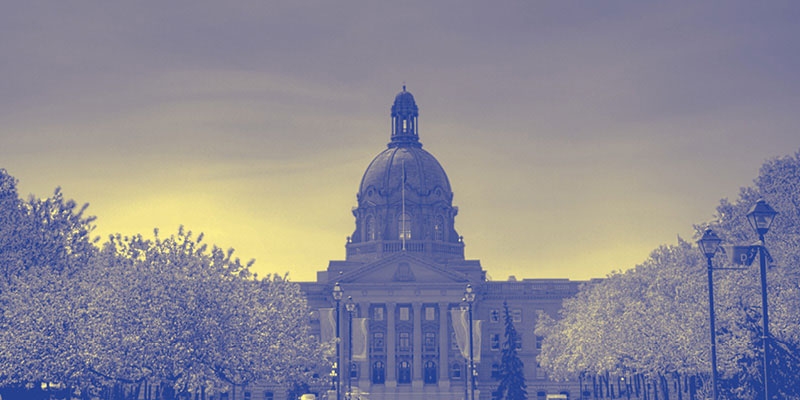Why Is Alberta’s Deficit Still So Big?
— Publié le 27, March, 2018

Main Conclusions
- The Government of Alberta has run nearly uninterrupted deficits since 2008/09 including deficits expected to average over $9 billion annually between 2016/17 and 2018/19.
- Alberta’s deficit today is much larger than the deficit the current government inherited (about $6 billion) when it took office in 2015/16.
- Blaming depressed oil prices or fiscal challenges that pre-date the recent recession for the size of Alberta’s deficits today is, at best, an oversimplification. Instead, spending choices made over the past three years are an important cause of the persistence of large deficits in Alberta.
- If the current government followed the spending plans laid out in the budget of March 2015, Alberta would have a deficit of just under $3 billion in 2018/19 rather than $8.8 billion.
- Assuming a common revenue forecast, if Alberta’s government had kept to the March 2015 spending forecast it would be on pace to shrink the deficit to under $2 billion by 2019/20 rather than nearly $7 billion. It would also be well positioned to balance the budget before its 2023/24 target.
- These spending choices have important implications for Alberta’s debt: net debt is forecast to reach nearly $40 billion by 2019/20. Our projections show that under the more restrained spending scenario, debt would be less than half as large—just under $15 billion.



